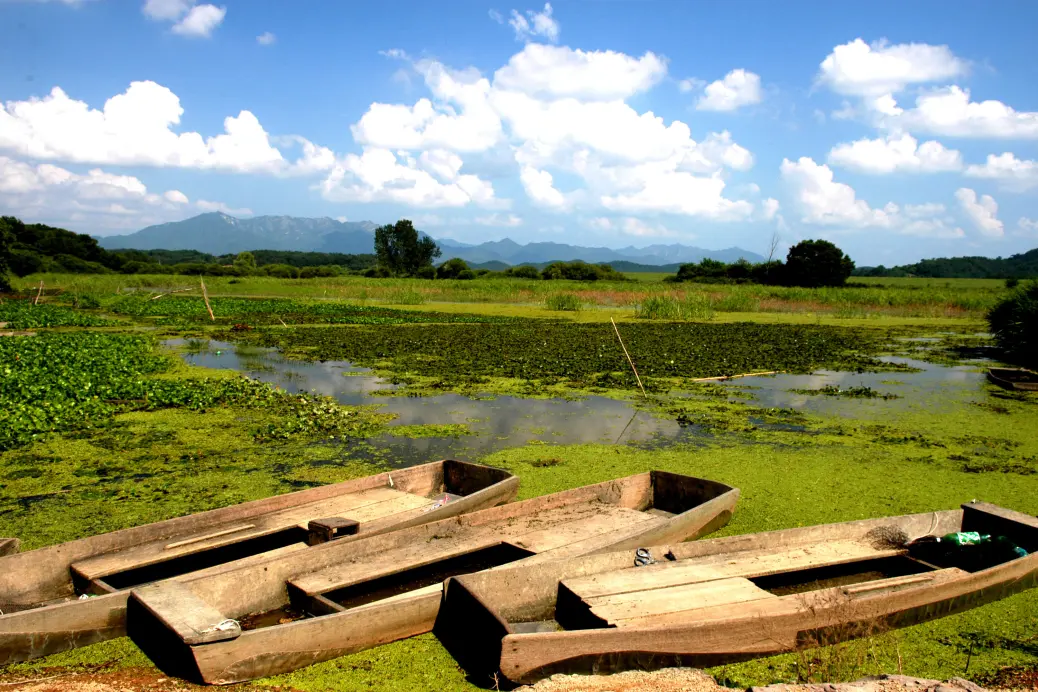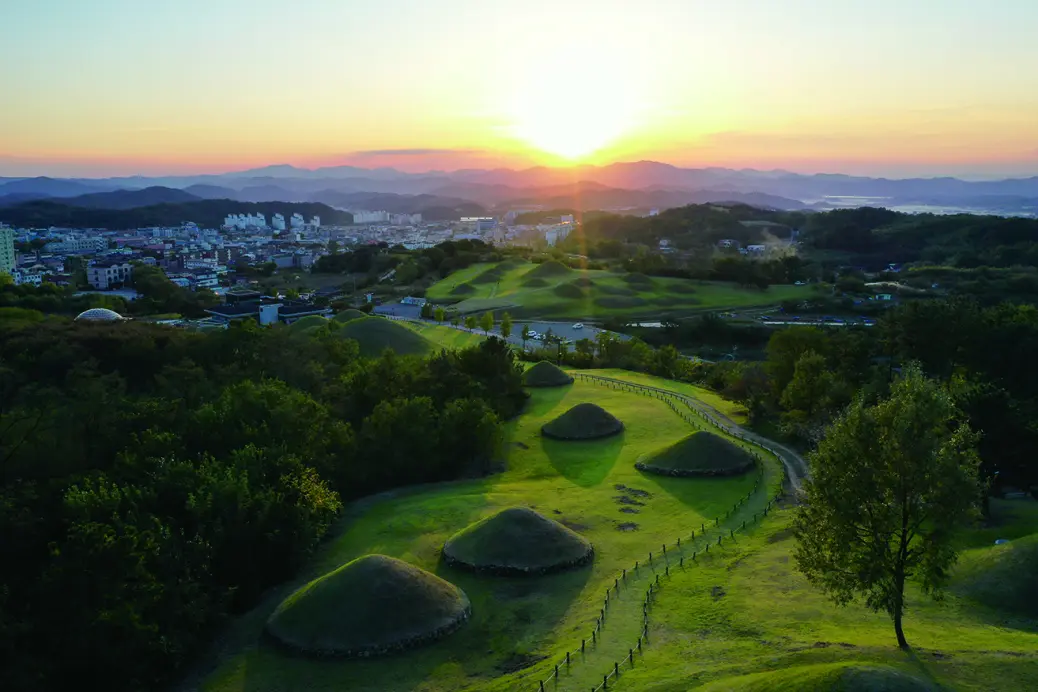Changnyeong Biosphere Reserve Designated as New UNESCO Biosphere Reserves
- DATE
- 2024-07-10
 Upo Wetland, Changnyeong Biosphere Reserve (@ Changnyeong-gun County)
Upo Wetland, Changnyeong Biosphere Reserve (@ Changnyeong-gun County)
UNESCO designates 11 new biosphere reserves
UNESCO has approved the designation of 11 new biosphere reserves in 11 countries, including Belgium and Gambia for the first time and two transboundary biosphere reserves. The other new biosphere reserves are located in Colombia, Dominican Republic, Italy, Mongolia, the Kingdom of the Netherlands, the Philippines, Republic of Korea, Slovenia and Spain. With these new biosphere reserves covering a total area of 37 400 km², equivalent to the size of the Netherlands, the World Network of Biosphere Reserves now totals 759 sites in 136 countries.
These additions were decided during the 36th session of the International Co-ordinating Council, the governing body of UNESCO’s Man and the Biosphere programme, which is composed of 34 representatives of UNESCO Member States. The Council held its session in Agadir, Morocco, from 2 to 5 July following the UNESCO Conference on Soils.
Biosphere reserves are an essential component of UNESCO's mandate as the United Nations’ organisation for sciences. Each biosphere reserve promotes innovative local sustainable development solutions, protects biodiversity, and addresses climate disruption. They also support local and Indigenous communities through practices such as agro-ecology, water management, and the generation of green income.
Biosphere reserves contribute to helping achieve the targets set by States upon the adoption of the Kunming-Montreal Global Biodiversity Framework in December 2022, which includes designating 30% of the Earth’s land and marine surface as protected areas and restoring 30% of the planet’s degraded ecosystems by 2030.
The 11 newly designated biosphere reserves are:
Changnyeong Biosphere Reserve (Republic of Korea)
 Gaya Tumuli an Gyodong and Songhyeon-dong, within the Changnyeong Biosphere Reserve (Republic of Korea). These archaeological cemetery sites with burial mounds are inscribed on the World Heritage List. (@ Changnyeong-gun County)
Gaya Tumuli an Gyodong and Songhyeon-dong, within the Changnyeong Biosphere Reserve (Republic of Korea). These archaeological cemetery sites with burial mounds are inscribed on the World Heritage List. (@ Changnyeong-gun County)
Located in the central northern region of Gyeongsangnam-do Province, Changnyeong Biosphere Reserve forms a tapestry of biodiversity and cultural heritage.
Encompassing habitats ranging from the lush forests of Mount Hwawang to the sprawling Upo Wetland and agricultural croplands, the region's diverse landscapes spans 531 km². It serves as a sanctuary for several species, nurturing a delicate balance between freshwater ecosystems, forests teeming with life and sustainable agriculture. Notably, Upo Wetland stands as a testament to successful conservation efforts, exemplified by the restoration of the endangered crested ibis (Nipponia nippon) since 2008. Changnyeong-gun County was recognized as a Ramsar Wetland City in 2018.
With a majority of the population residing in the transition area and buffer zone, the region is pioneering agricultural diversification by cultivating local specialties like onions and garlic alongside ecotourism ventures.
For more details
▶ https://www.unesco.org/en/articles/unesco-designates-11-new-biosphere-reserves-1


